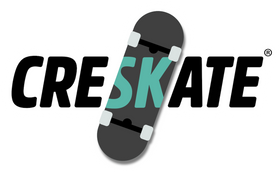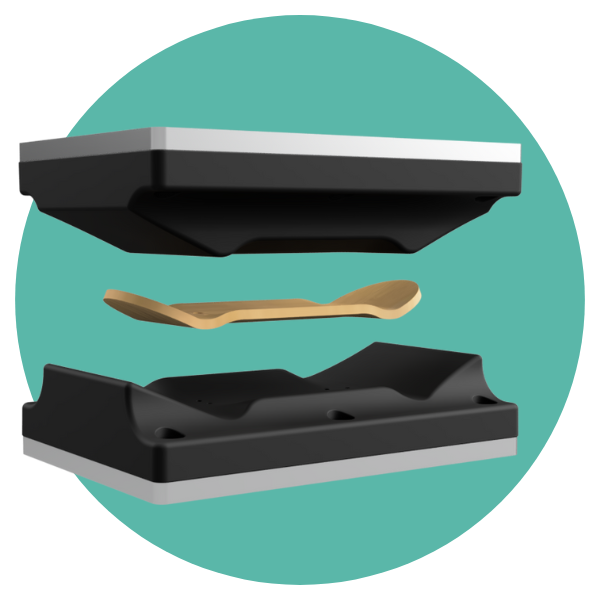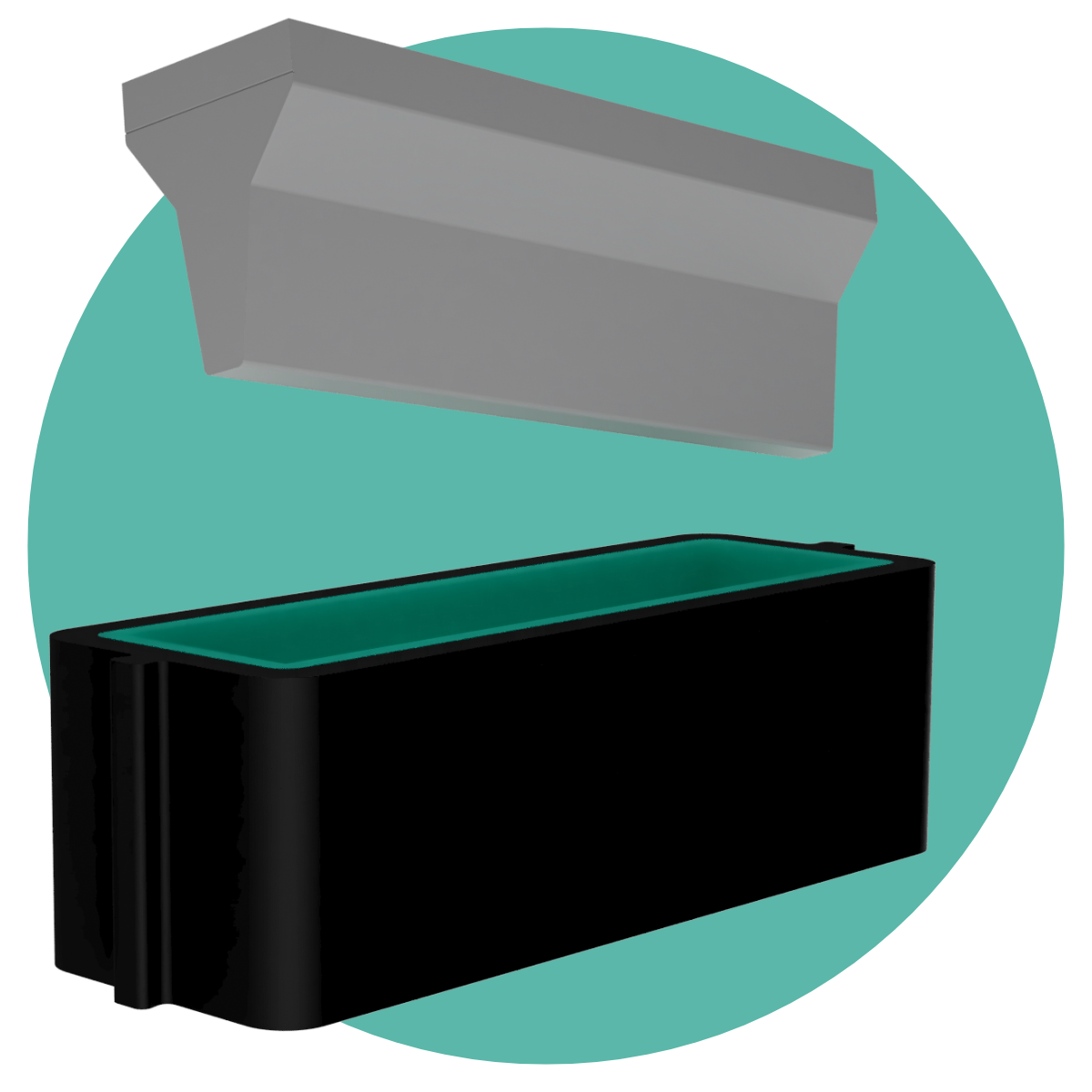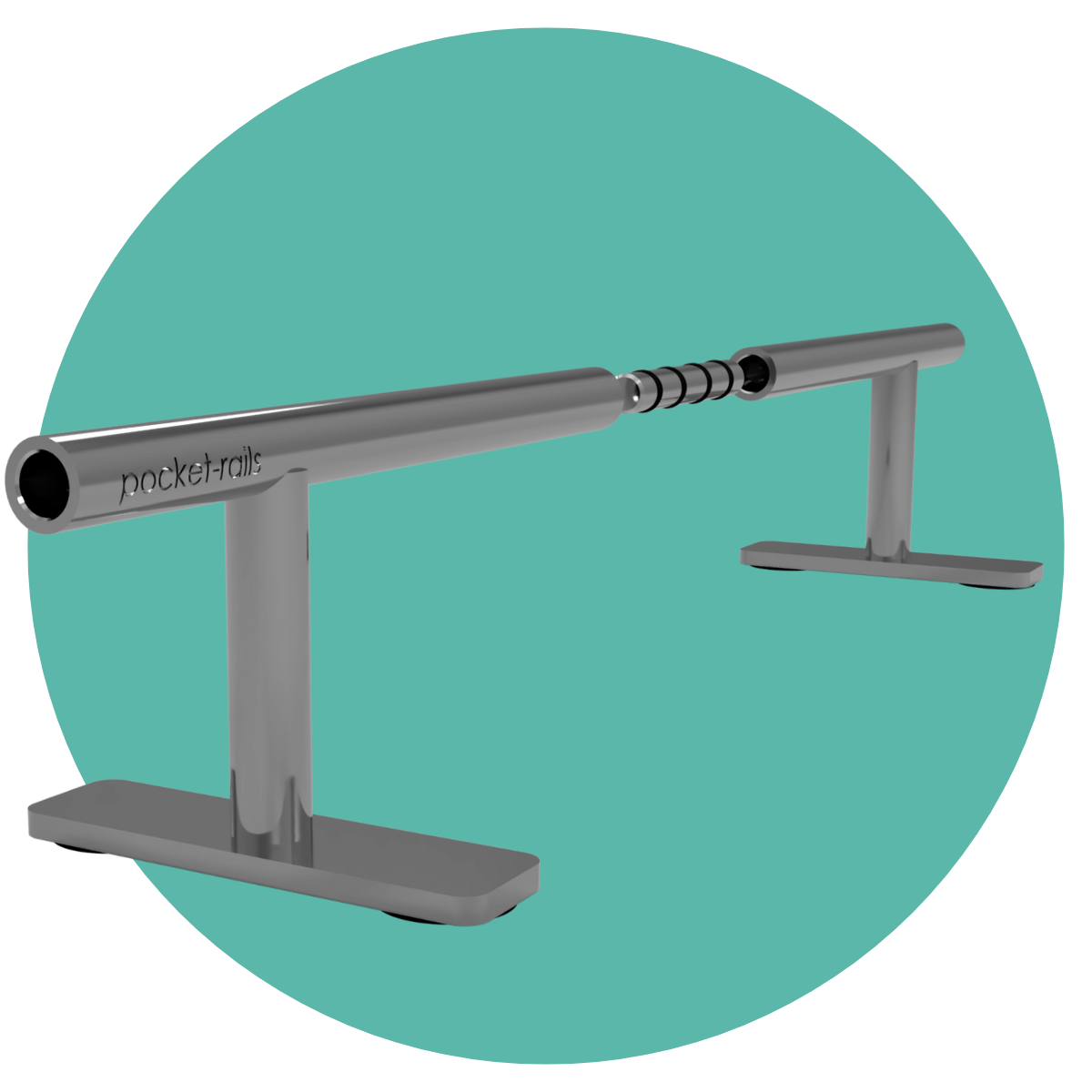Knowledge
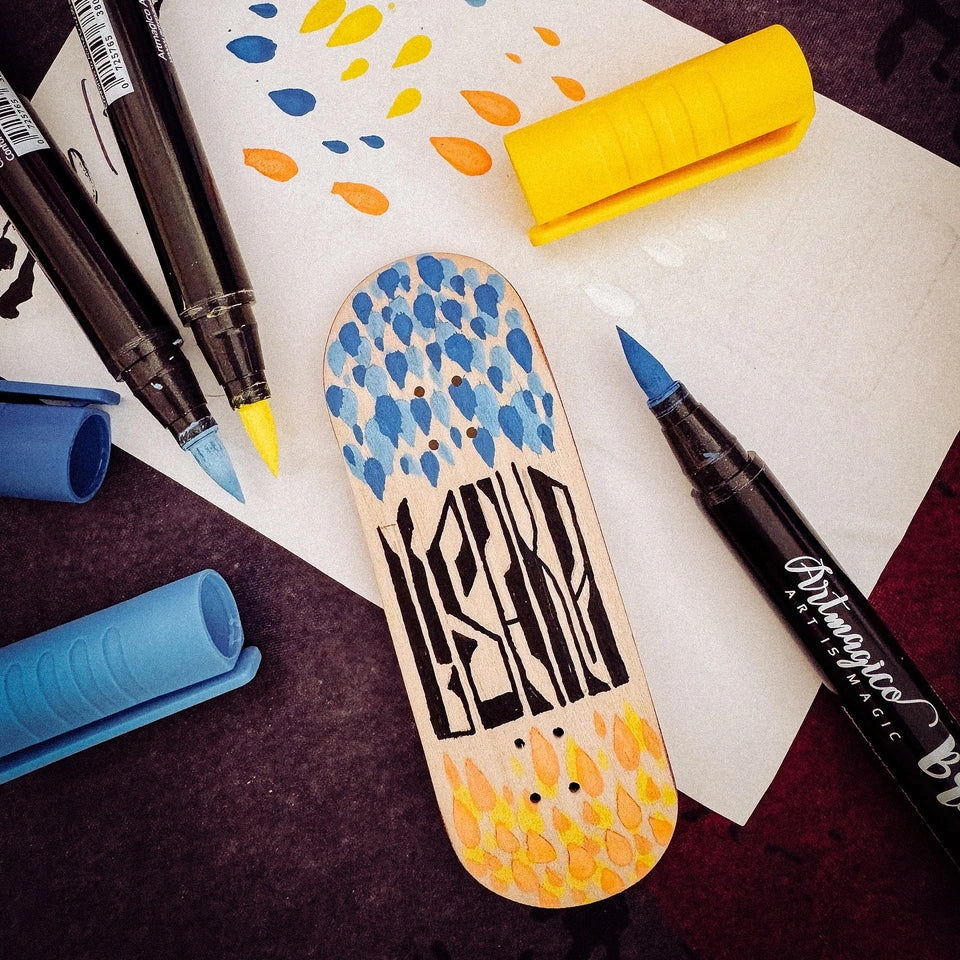
fingerboard-molds
13 Fingerboard Graphic Techniques That Bring Your Decks to Life
Fingerboards are more than just a scaled-down version of skateboards. They’re a canvas—an outlet for creativity, a way to make something truly yours. And if you’ve ever built your own deck or added...
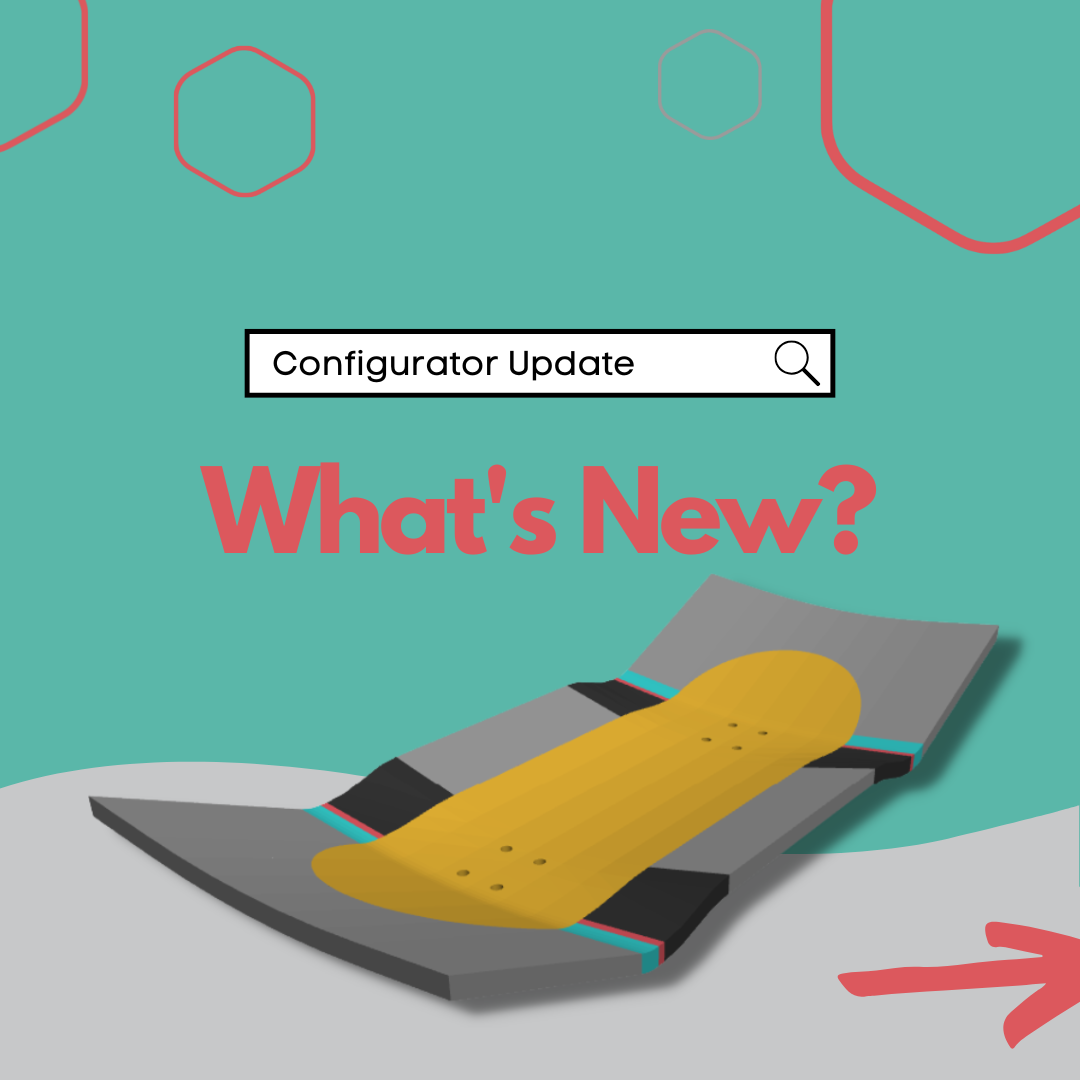
configurator
Configurator UPDATE - brand new features
You can't imagine how excited and proud we are to introduce you to the new features of our fingerboard-mold-configurator. We have spent countless hours of coding to improve the configurator and to ...

fingerboard-molds
3 tips to avoid cracks in the veneer
Are you experiencing issues with cracks in your boards? Don't worry, we have some practical tips to help you avoid this problem and prevent cracks from occurring during construction.The primary cul...
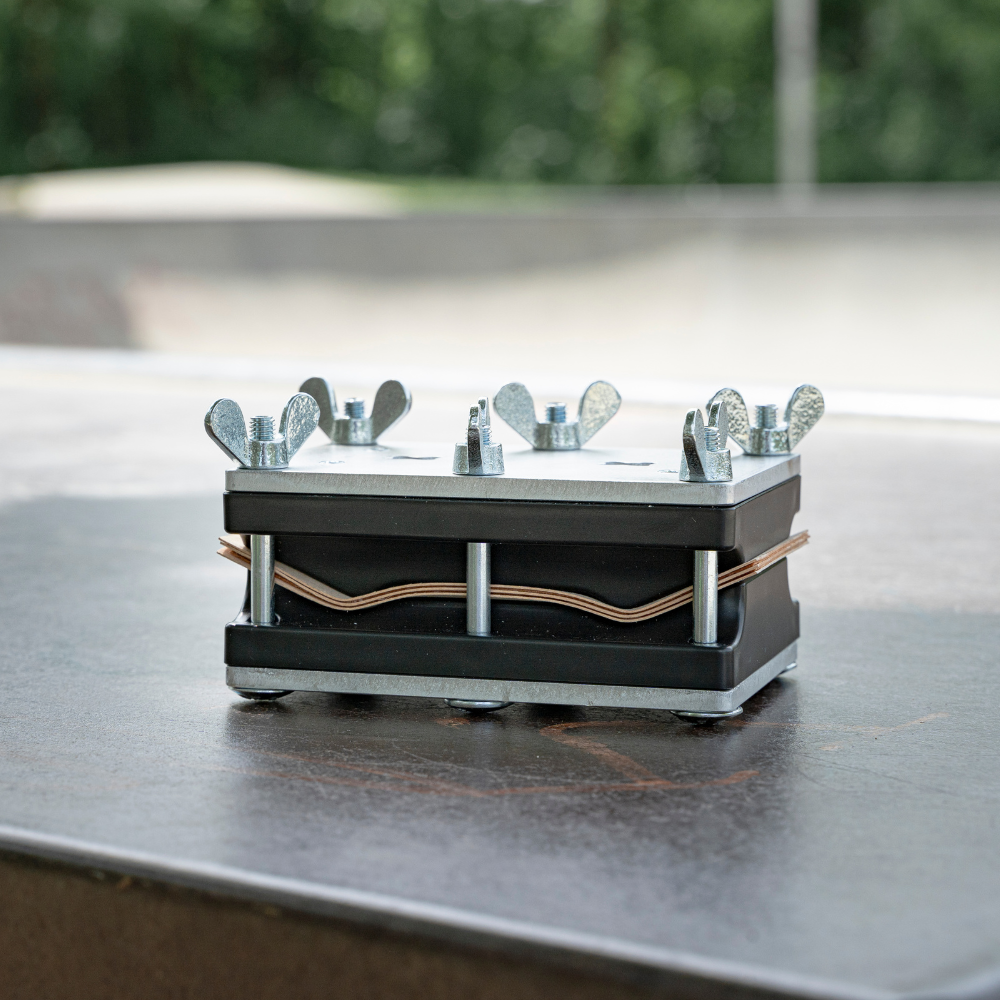
fingerboard-molds
How to Avoid Crooked Boards
In the world of fingerboard building, encountering a crooked board can be frustrating. However, fear not! There are simple tips and tricks to prevent this common issue. Let's dive into some key mis...
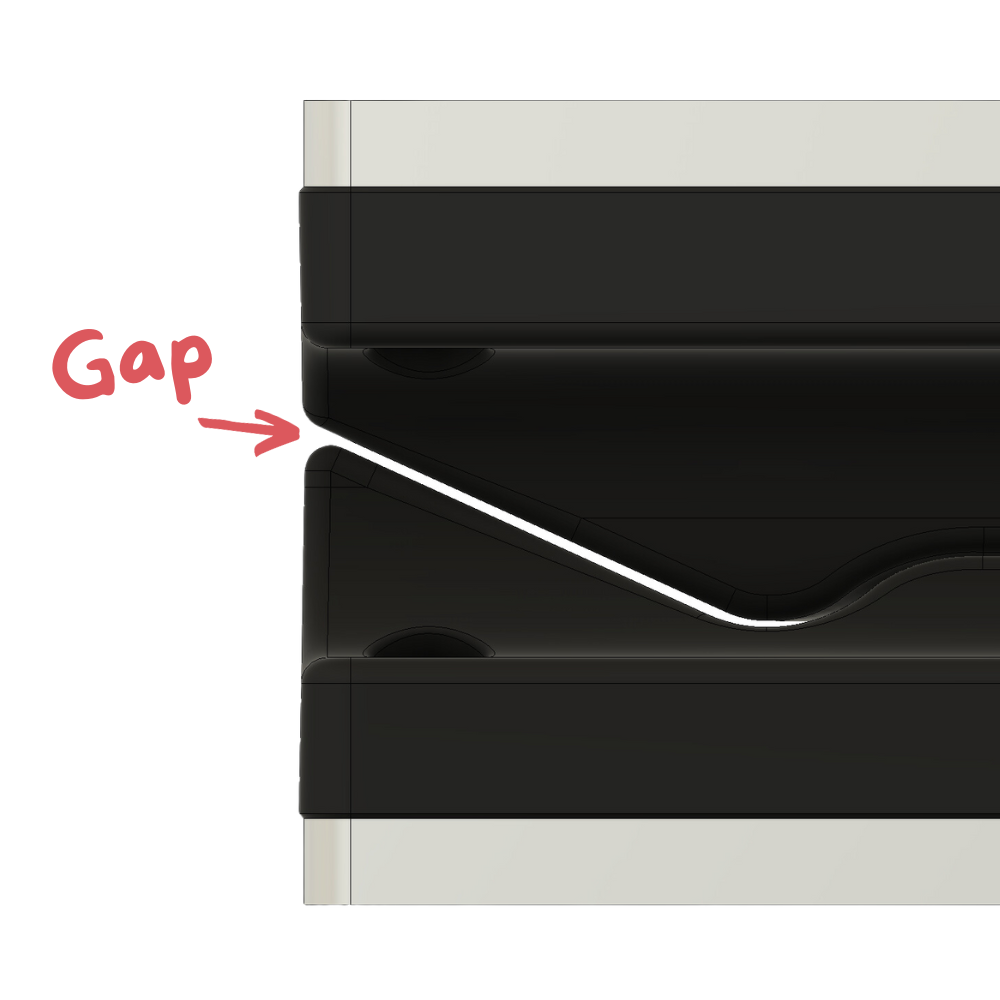
fingerboard-molds
Why is it important to have a gap between the top and bottom mold part?
Every now and then we receive detailed questions about our fingerboard molds and one of them is why the press halves don't fit together perfectly when you put them together without wood. Sometimes ...
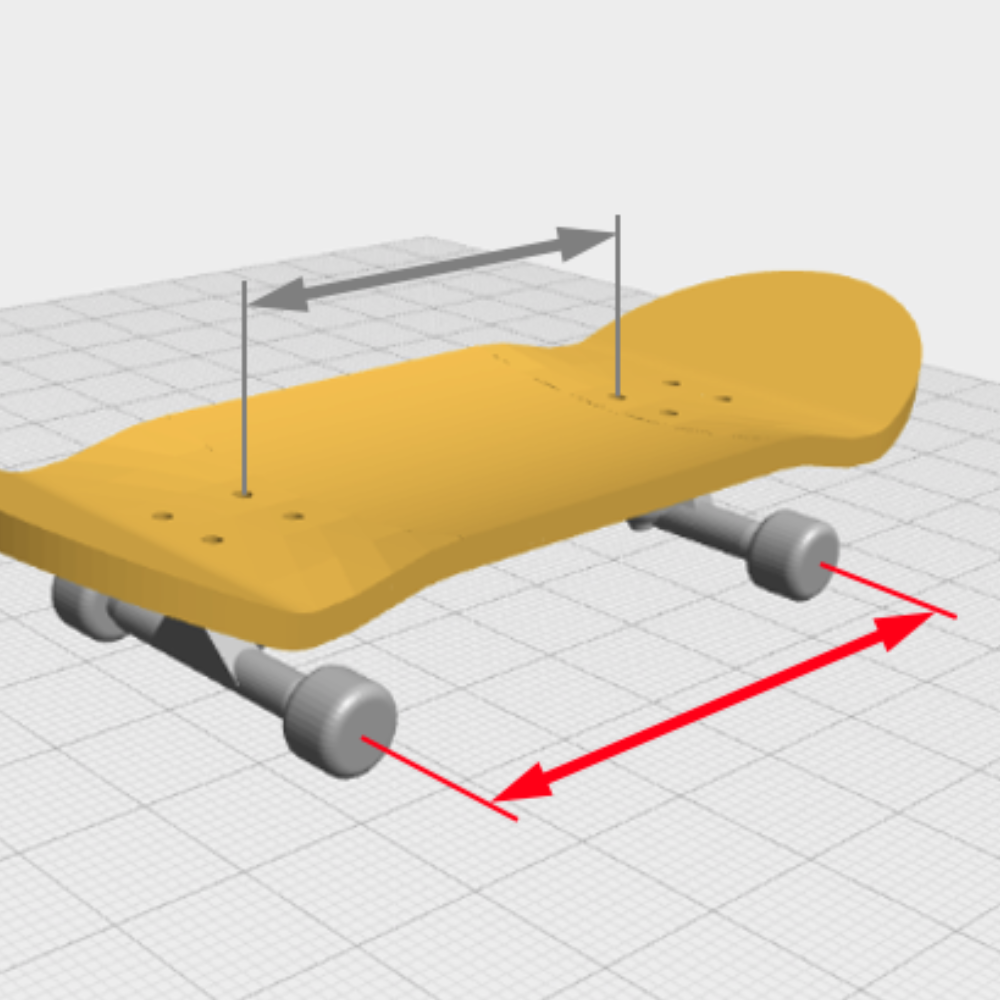
configurator
Wheelbase vs. Distance Wheels
Introduction:
When designing a fingerskateboard, where every aspect of your setup affects the board's behavior, understanding concepts like wheelbase is crucial. However, the terms “wheelbase” and ...
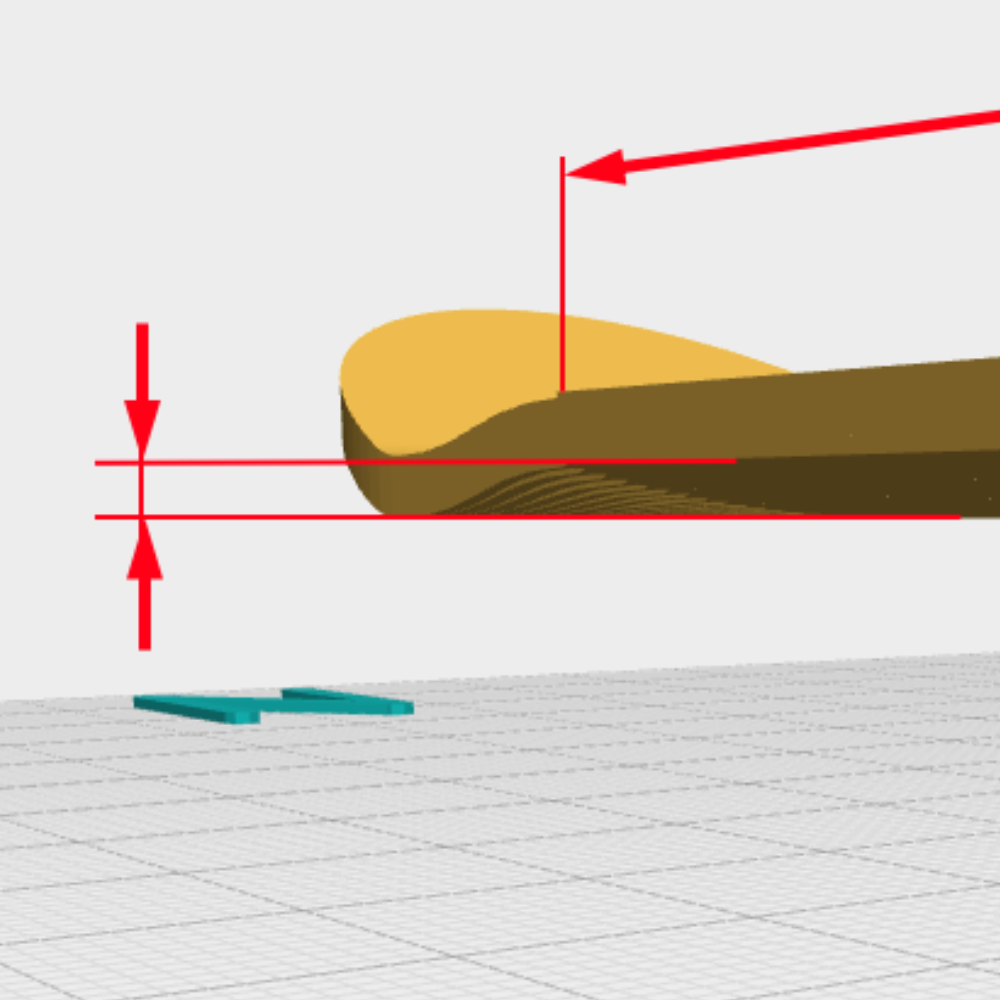
configurator
What is concave and how to measure it
Introduction:
In the dynamic realm of fingerskateboarding, where every contour and curve of a board influences performance, understanding the concept of concave is important. Concave isn't merely a...
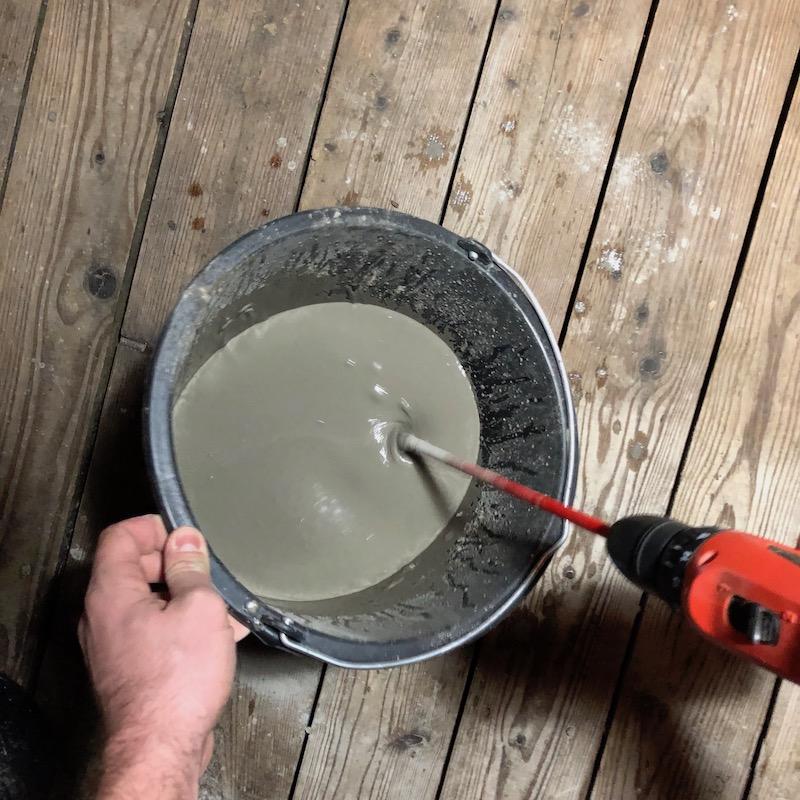
ramp-molds
Choosing the concrete for your ramp
First of all, our ramp-molds work with every kind of concrete! But we recommend a special kind which is called "self leveling concrete". This kind of concrete is usually used to build floors (also...

